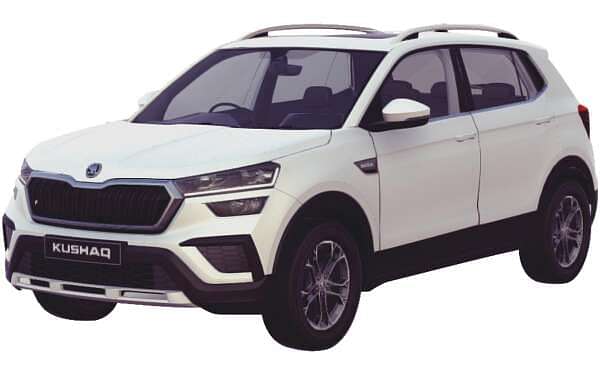How long can a new car remain brand new? Those who can answer this, get a huge shutout from us!
But for those of you who don’t have an answer, we’re here to help. The enthusiasm and excitement of a brand-new car fades in a couple of months of buying the car. What remains after that is the stress of every new dent, scratch, color fading and regular upkeep of the car.
We are no magicians, but we sure can help with a few tips that will keep your car in the best shape. Some of those are listed below;
1) Check the tire pressure.
2) Change the oil.
3) Fill the engine coolant.
4) Read the owner’s manual.
5) Rotate the tires.
6) Fix your driving habits if required.
7) Change batteries regularly.
8) Get regular services done.
While these are some basic tips, we also have a few more solutions that will make sure your car is as good as new, for as long as you can keep it that way.
A few of those are;
1) To keep the exterior looking like you it has just been brought home from the showroom, make sure to keep your car covered when not in use, clean it regularly and get regular wax polishes done or do them yourself. Make sure to fix each dent as soon as possible. This will make your car look brand new at all times.
2) Maintain the belts and brakes. These are the prime safety features in a car. So, make sure they are in the best form.
3) ALWAYS use original spare parts and reputed mechanics only because you never know much of a negative impact fake machinery can have on a car and just how dangerous it is too.
4) Make sure that the interiors are always clean and the windows are functioning properly and absolutely clear. This makes the car feel newer and the driver as well as the travelers feel welcomed.
5) Checking the tire pressure not only helps in ensuring that the tires have a longer life span, but also is a very important safety measure.
How we treat our vehicle is solely in our hands, literally. Going that one extra mile to make sure that your car is in the best shape is more than just a necessity. Investing in a car is one thing. But to ensure a longer life for the car is how the correct use of the investment is made. Especially for those looking to sell their car car in the pre-owned category, these tips will come in handy because this will help fetch a higher amount got their car, compared to the others in the market.
Irrespective of what the future of your car is, the present must be well taken care of. Apply these easy tips to keep your car as grand as always.
